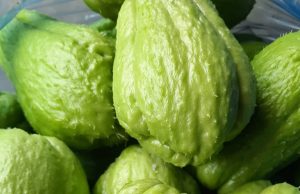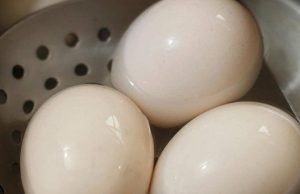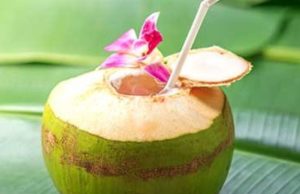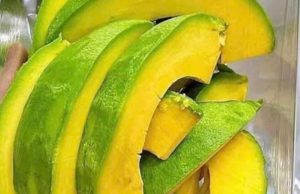The Many Benefits of Mullein
Mullein, a towering herbaceous plant, is a natural wonder that has intrigued herbalists and naturalists for centuries. This biennial plant, easily recognizable by its tall, stately stalk and fuzzy, oval-shaped leaves, is more than just a striking feature of the landscape. It’s a powerhouse of health benefits, revered for its medicinal properties.
Respiratory Relief
Mullein is a boon for respiratory health. Its leaves and flowers are particularly effective in soothing dry, irritated bronchioles, making it an excellent remedy for coughs, bronchitis, and asthma. The herb’s gentle action on the mucous membranes helps alleviate that dry, hacking cough, often experienced by those exposed to smoke or suffering from lung conditions.
Skin and External Healing
Beyond its respiratory uses, mullein is a gentle yet potent skin healer. Its leaves, when applied as a poultice, can soothe a variety of skin irritations, including diaper rash and eczema. This is attributed to the plant’s anti-inflammatory and antimicrobial properties, making it an excellent choice for natural skin care.
Anti-inflammatory and Analgesic Properties
Mullein’s benefits extend to its anti-inflammatory and analgesic effects. This makes it helpful in alleviating pain and inflammation, whether it’s from minor wounds, joint pain, or muscle aches.
Ear Health

One of the most celebrated uses of mullein is in treating ear infections. Mullein oil, often combined with garlic oil, is a traditional remedy for earaches and infections, providing both pain relief and anti-inflammatory benefits.
Historical and Folk Uses
Mullein’s history is rich with folklore and traditional uses. In the past, it was considered a protective herb against evil spirits and maladies like malaria. Its robust nature and widespread availability made it a staple in traditional medicine, used for a range of ailments from gout to tuberculosis.
Growing and Identifying Mullein
Mullein thrives in disturbed soils, often found in abundance across North America, though it originally hailed from Europe. Its biennial growth cycle begins with a rosette of leaves in the first year, followed by the iconic flower spike in the second year. The plant’s fuzzy leaves and yellow flowers are distinctive, making it easy to identify for foraging or cultivation.
Harnessing the Power of Mullein: Practical Applications and Uses

Preparing Mullein for Use
Teas and Infusions: Mullein leaves can be dried and used to make a soothing tea. This is particularly beneficial for respiratory issues. Ensure the leaves are well-strained to avoid irritation from the tiny hairs.
Poultices: Fresh or rehydrated dried leaves can be applied directly to the skin to soothe irritations or inflammations. This method is especially useful for conditions like eczema, diaper rash, or hemorrhoids.
Mullein Oil: The flowers of the mullein plant are used to make a healing oil, often by macerating them in olive oil. This oil is renowned for treating ear infections and can be mixed with garlic oil for added antimicrobial benefits.
Making and Using Mullein Remedies
For Respiratory Relief: A tea made from dried mullein leaves can alleviate coughs and bronchial irritation. For a stronger effect, combine with other respiratory herbs like coltsfoot or horehound.
Skin Healing: A poultice made from mullein leaves can be applied to affected areas for relief from skin irritations. For hemorrhoids, a compress soaked in a mullein infusion can provide relief.
Ear Infections: Mullein oil, warmed slightly, can be dropped into the ear for relief from pain and inflammation. Always ensure there is no perforation or serious injury to the ear before using.
Tips for Harvesting and Storage

Harvesting Leaves: The best time to harvest mullein leaves is in their second year, early in the season when they are large and vibrant. Dry the leaves thoroughly for storage.
Harvesting Flowers: Pick the small yellow flowers as they bloom. For making oil, wilt them slightly to reduce moisture, which can cause the oil to go rancid.
Storing Mullein: Dried leaves should be stored in a cool, dry place in airtight containers. Mullein oil should be stored in dark bottles to preserve its properties.
Safety and Precautions
While mullein is generally safe for most people, it’s crucial to strain teas properly to prevent throat irritation. Also, be aware of allergies and consult a healthcare provider before using it for medicinal purposes, especially in the case of ear infections.




















